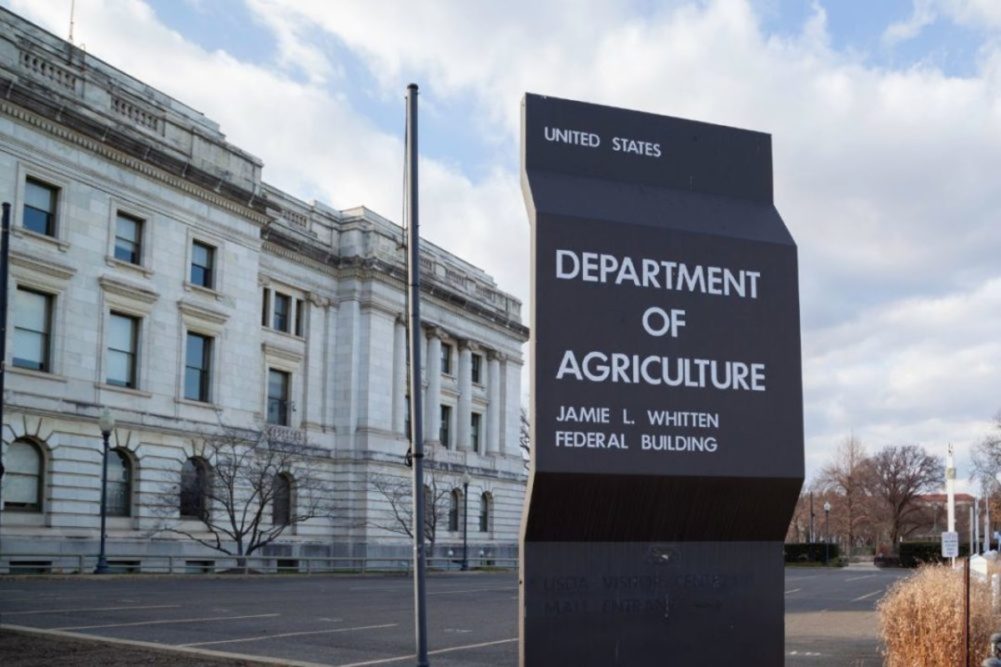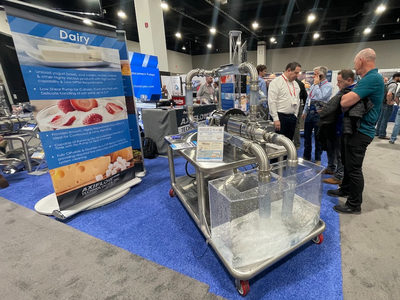WASHINGTON — The US Department of Agriculture’s Animal and Plant Health Inspection Service (APHIS) published 239 genetic sequences of the H5N1 virus, widely referred to as highly pathogenic avian influenza (HPAI), to enhance ongoing research of the virus.
The shared genetic sequences are from cattle, cats, chickens, skunk, racoon, grackle, blackbird and goose. APHIS will continue to post additional raw genetic sequences available on a rolling basis.
Before APHIS published these genetic sequences April 21, only a few were available for scientists to study from recent outbreaks, according to the Center for Infectious Disease Research & Policy (CIDRAP) at the University of Minnesota.
CIDRAP said the added data will help uncover clues to how the virus is spreading in dairy herds.
The initial outbreak among dairy cattle occurred almost a month ago, and scientists are still searching for answers as to how HPAI was able to infect cows.
The total number of HPAI outbreaks that have occurred among dairy cattle has risen to 33. So far, the virus has appeared in dairy cattle in eight states, with Idaho, Michigan, Texas and Kansas being the latest to report additional outbreaks.



